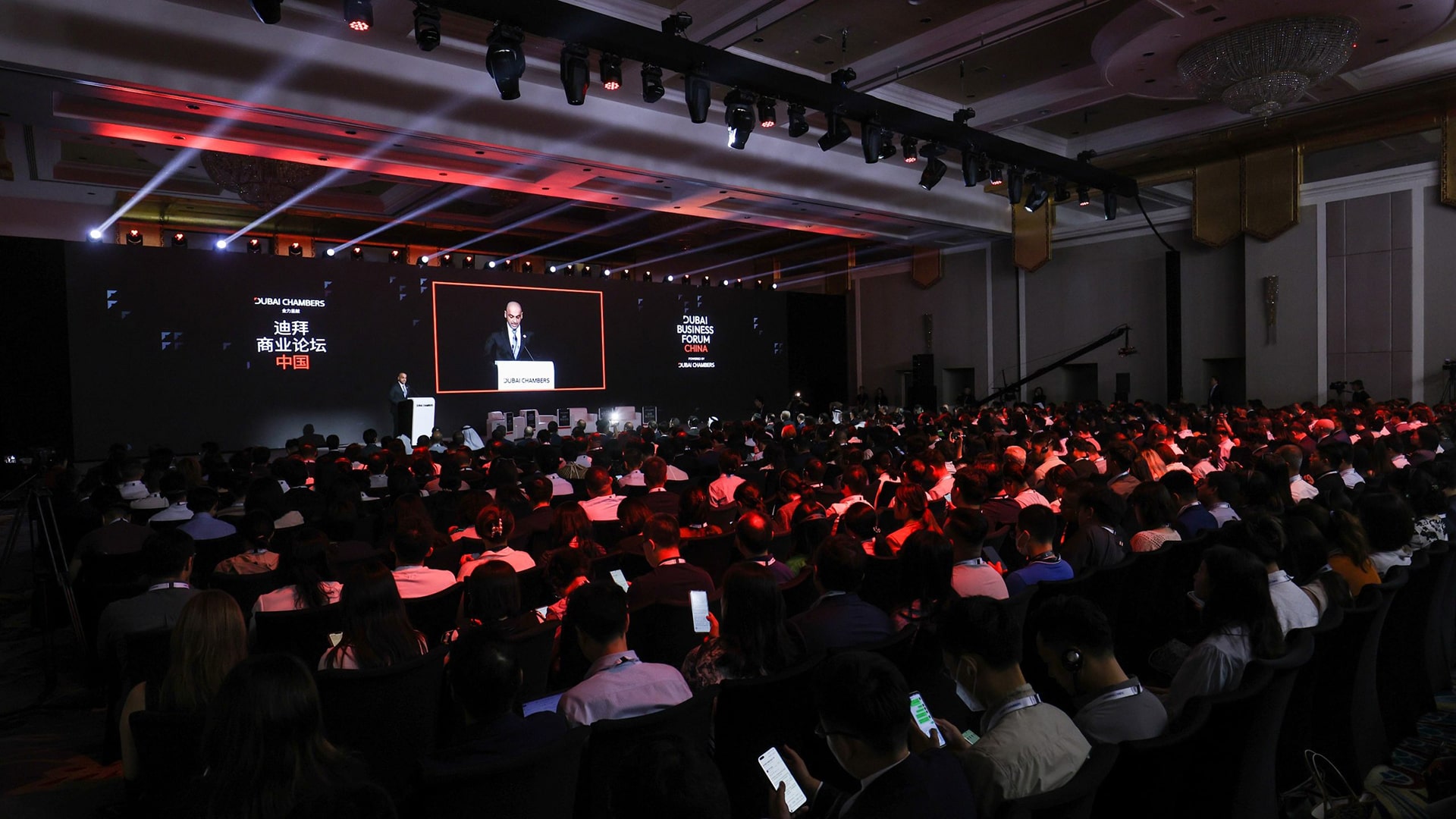The energy relationship between China and the UAE has evolved from a straightforward buyer-seller model to a two-way investment strategy, with significant interests in petrochemicals and renewable energy. Today, renewable energy is a critical pillar in the UAE’s energy transition, and Chinese companies, which were previously value chain suppliers and project developers, may soon attract direct investment from key players.
Recently, the Abu Dhabi Future Energy Company, also known as Masdar, announced its plans to acquire assets in China.
Who is Masdar?
Masdar, meaning “source” or “origin” in Arabic, is a leading UAE entity in the shift from traditional to renewable energy. The company invests in solar, wind, energy storage, waste-to-energy conversion, and geothermal projects.
As of March 2024, Masdar has participated in or invested in 83 renewable energy projects across more than 40 countries, with a total installed capacity of 22 gigawatts. The company aims to achieve 100 GW of renewable energy by 2030, with total investments exceeding USD 30 billion. In 2023, Masdar’s revenue reached AED 3.35 billion (USD 913 million), a fivefold increase from 2022.
Who are Masdar’s investors?
Masdar is fully state-owned, with shareholders including the Abu Dhabi National Oil Company (ADNOC), Abu Dhabi National Energy Company (TAQA), and Mubadala Investment Company.
What is Masdar’s business model?
Masdar’s business model was shaped by its founder and chairman, Sultan Ahmed Al Jaber, who also serves as the UAE’s minister of industry and advanced technology, special envoy for climate change, and CEO of ADNOC. Al Jaber advocates for balancing oil expansion with renewable energy investments, a stance that made him a significant figure at COP28, where he chaired proceedings.
His strategy for Masdar includes:
- Investing USD 15 billion in Masdar City, a project designed to be a model for a zero-carbon urban environment, serving both as a real estate venture and a testing ground for renewable technologies.
- Securing the headquarters of the International Renewable Energy Agency (IRENA) in Masdar City, positioning it as a global renewable energy hub.
- Leading COP28 at a time when reducing global fossil fuel use is critical, even as ADNOC plans to increase oil production to 5 million barrels per day by 2027.
Al Jaber’s vision spans more than a decade, focusing on three key priorities:
- As a sovereign resource, oil continues to provide a critical cash flow advantage for Abu Dhabi.
- Although less tied to sovereignty, renewable energy represents long-term wealth opportunities. By using oil revenues, Abu Dhabi is investing in global renewable energy markets.
- By mastering the renewable energy value chain, Masdar is positioning itself to expand internationally, leveraging investments to build a sustainable energy empire.
Why is Masdar eyeing Chinese assets?
Masdar’s recent announcement of its intent to acquire Chinese assets comes at an opportune time. With the UAE’s currency pegged to the US dollar, its interest rates follow the US Federal Reserve. As the East-West interest rate gap widens, new capital flow opportunities emerge. International investors are increasingly drawn to green bonds, and Masdar has capitalized on this by issuing its own. Its recent USD 1 billion green bond was oversubscribed 4.6 times, with 70% of buyers from international markets. Masdar plans to raise USD 3 billion in green bonds to meet its renewable energy goals.
At the same time, China’s solar industry is experiencing a wave of bankruptcies and consolidations, driven by surplus capacity that has pushed prices below cost. Masdar’s CFO, Mazin Khan, highlighted the opportunity this presents, with prices at unsustainable levels.
According to Goldman Sachs, in 2023, China accounted for 86% of the world’s photovoltaic module supply. However, production far exceeds global demand, leaving many Chinese companies in financial distress. Masdar views this as a prime opportunity to enter the Chinese photovoltaic market under favorable conditions.
What opportunities exist for Chinese companies?
Al Shasia believes that Masdar is likely to prioritize companies with which it has established partnerships. Over the past few years, Masdar has collaborated with numerous Chinese energy companies, including China Resources, Power Construction Corporation of China, and Huawei Digital Power, among others.
These companies have built trust with Masdar through various projects. Should any of them face restructuring or offer new project opportunities, Masdar is expected to capitalize on these existing relationships.
Additionally, Masdar’s global presence and the growing potential for renewable energy in Africa, where Chinese companies are highly influential, could lead to further partnerships, particularly as Masdar seeks to expand its operations in Africa.
In a market saturated with surplus, reducing supply chain costs could also become a priority. Masdar’s strategy of leveraging low-cost capital and bottom-fishing for undervalued assets puts it in a strong position for mergers and acquisitions at just the right moment.
This article was adapted based on a feature originally written by and published on Al Shasia (WeChat ID: ShunShiZhongDong). KrASIA is authorized to translate, adapt, and publish its contents.

